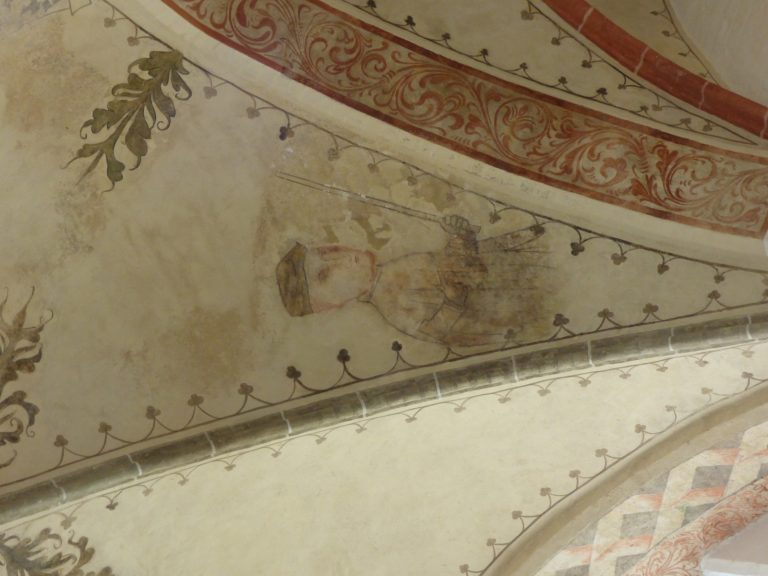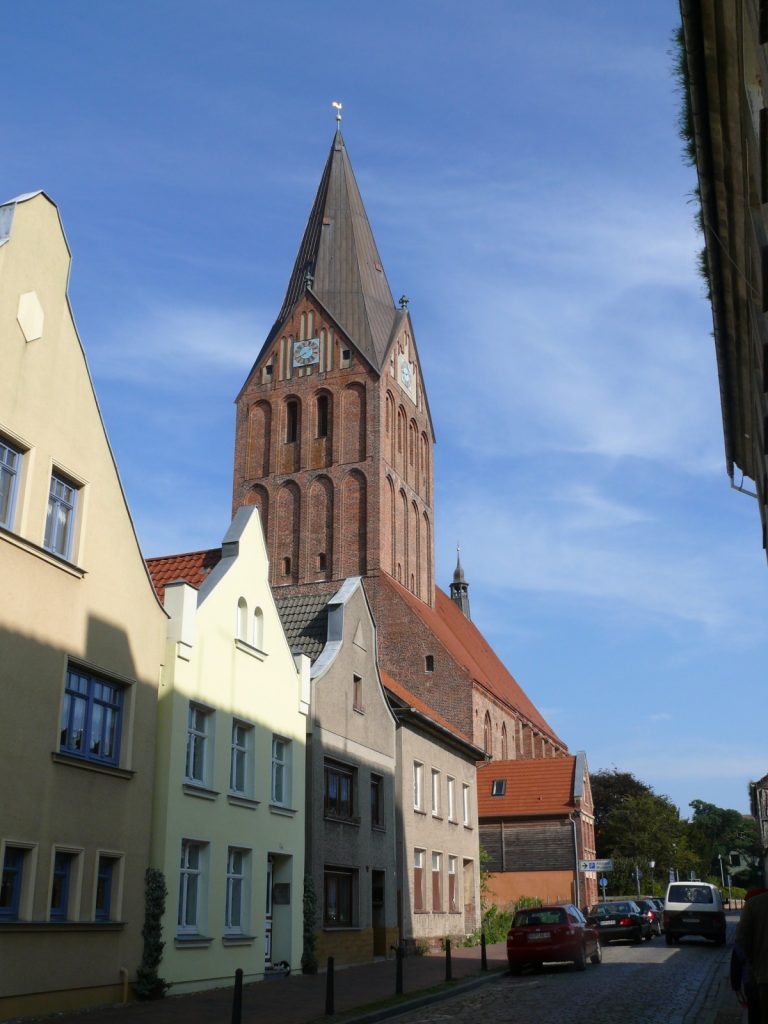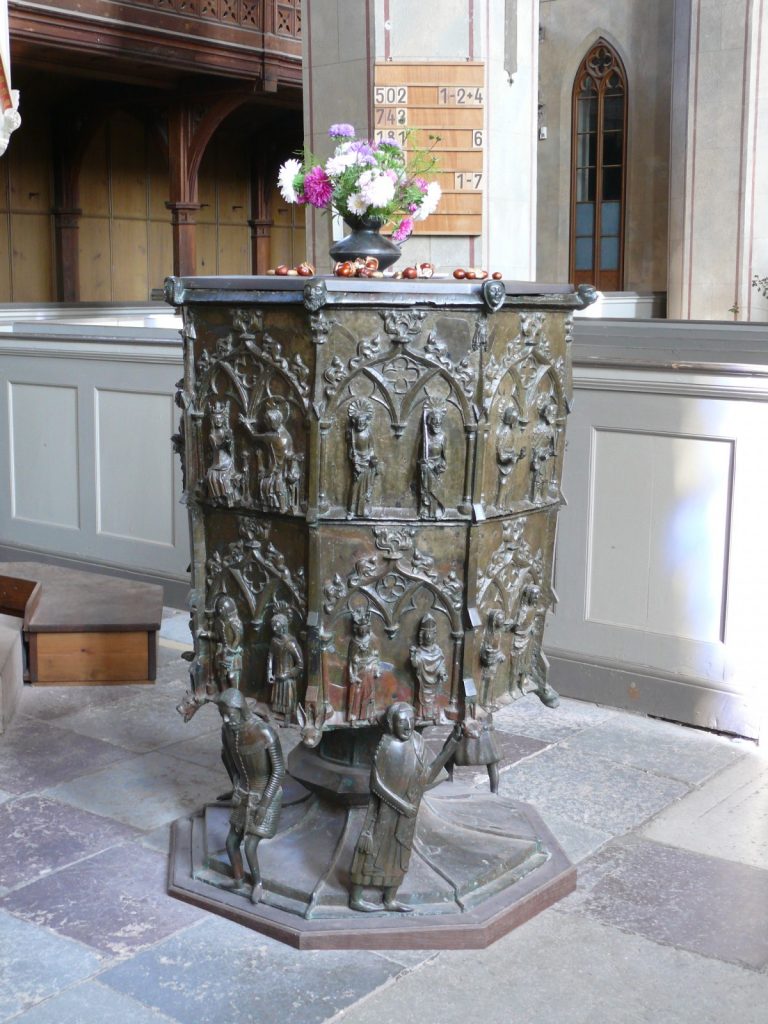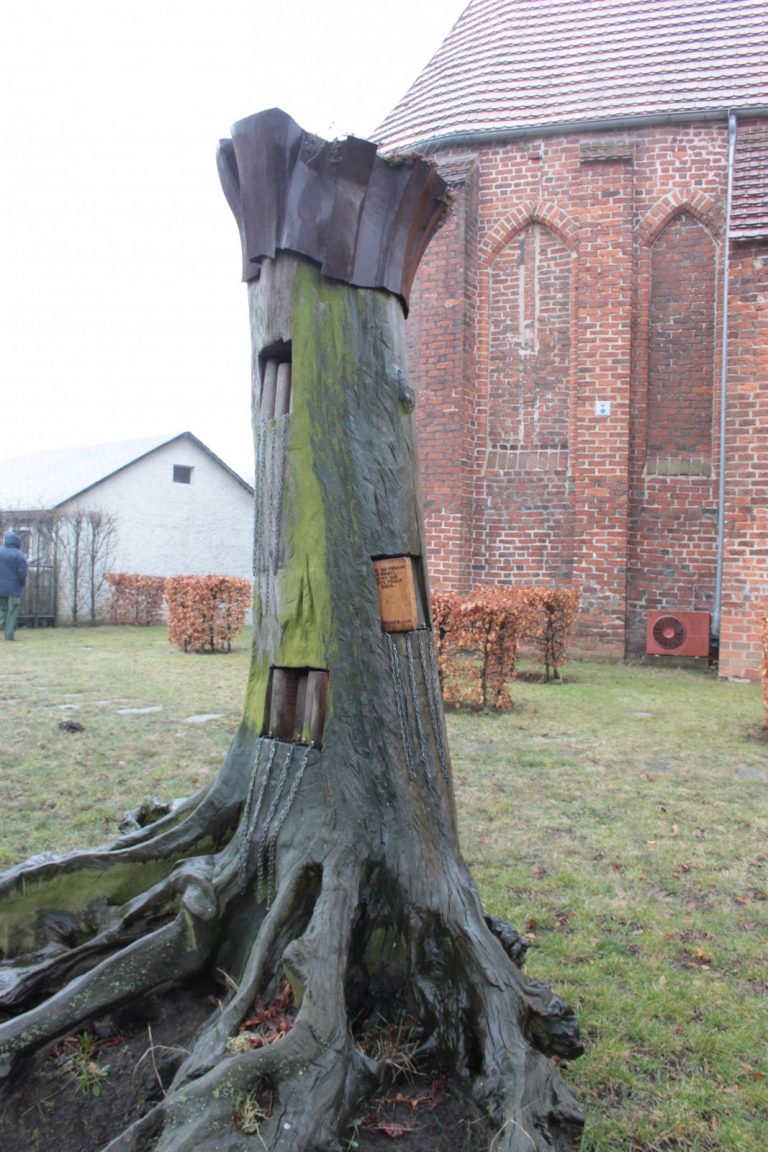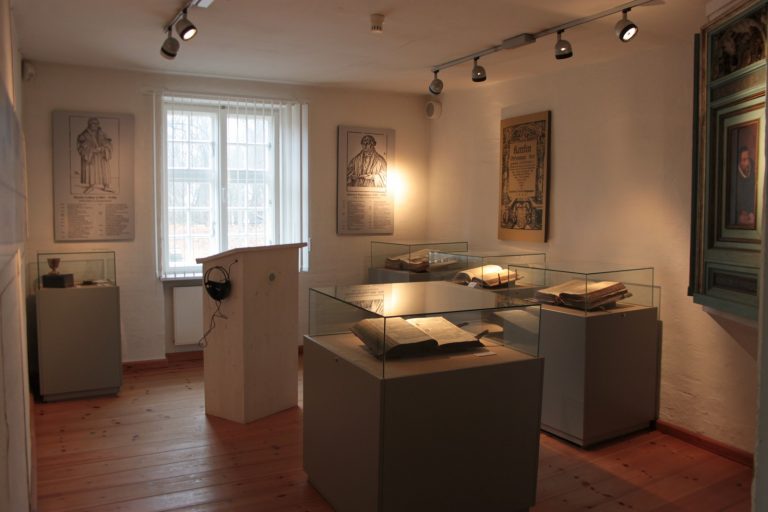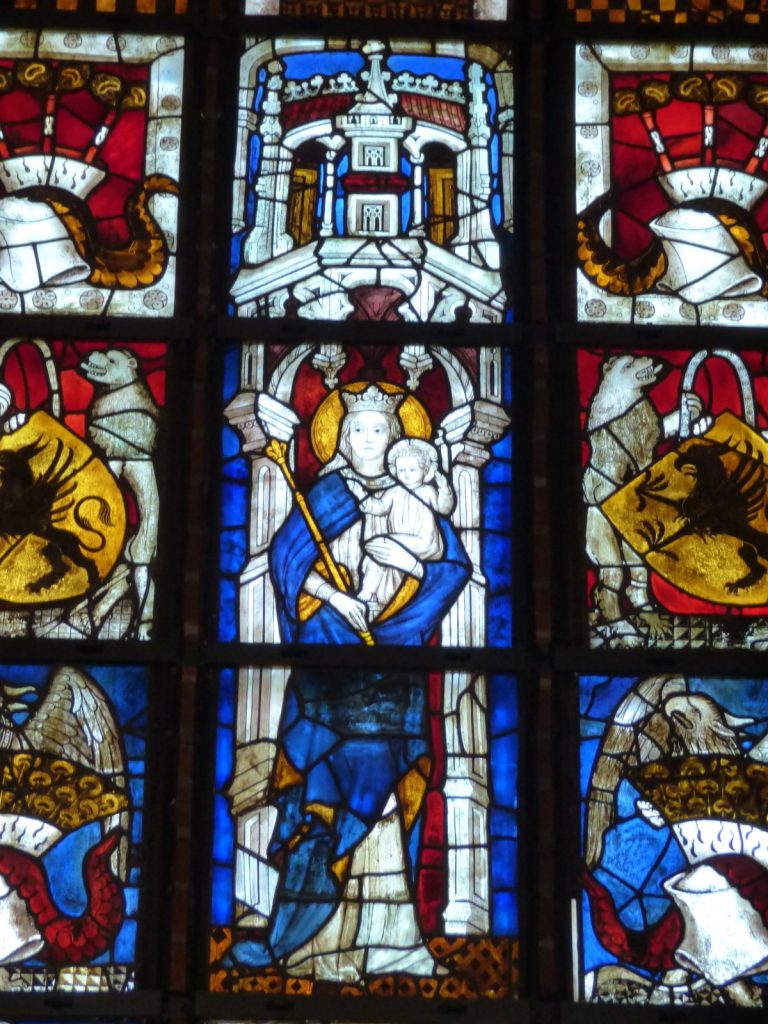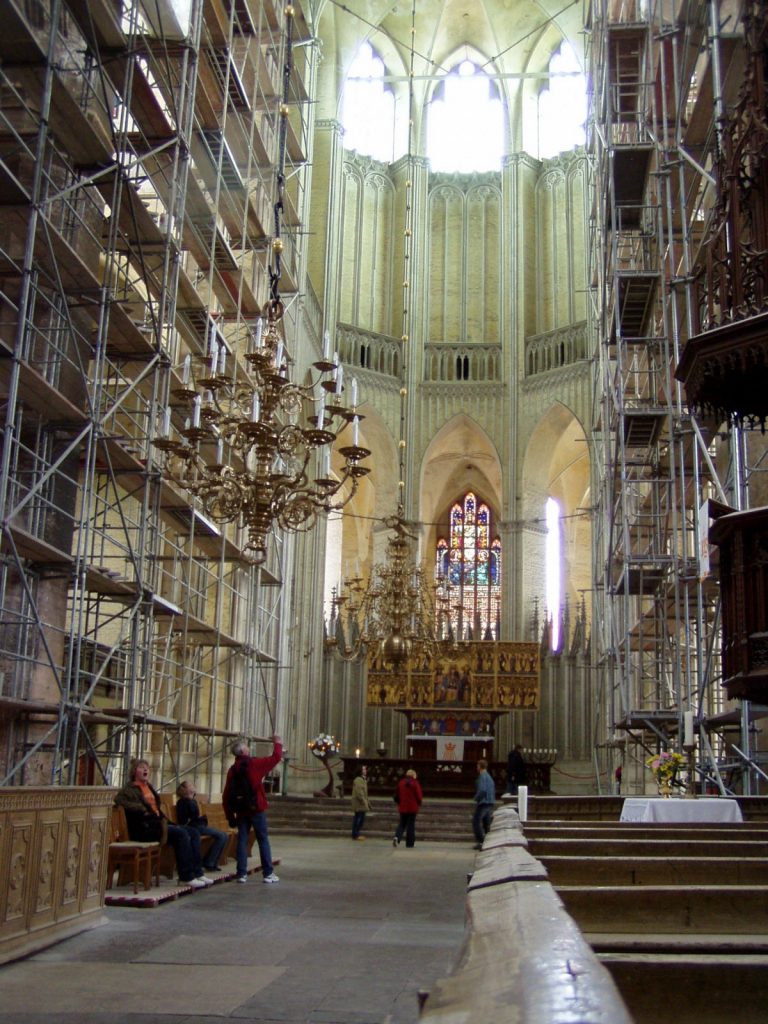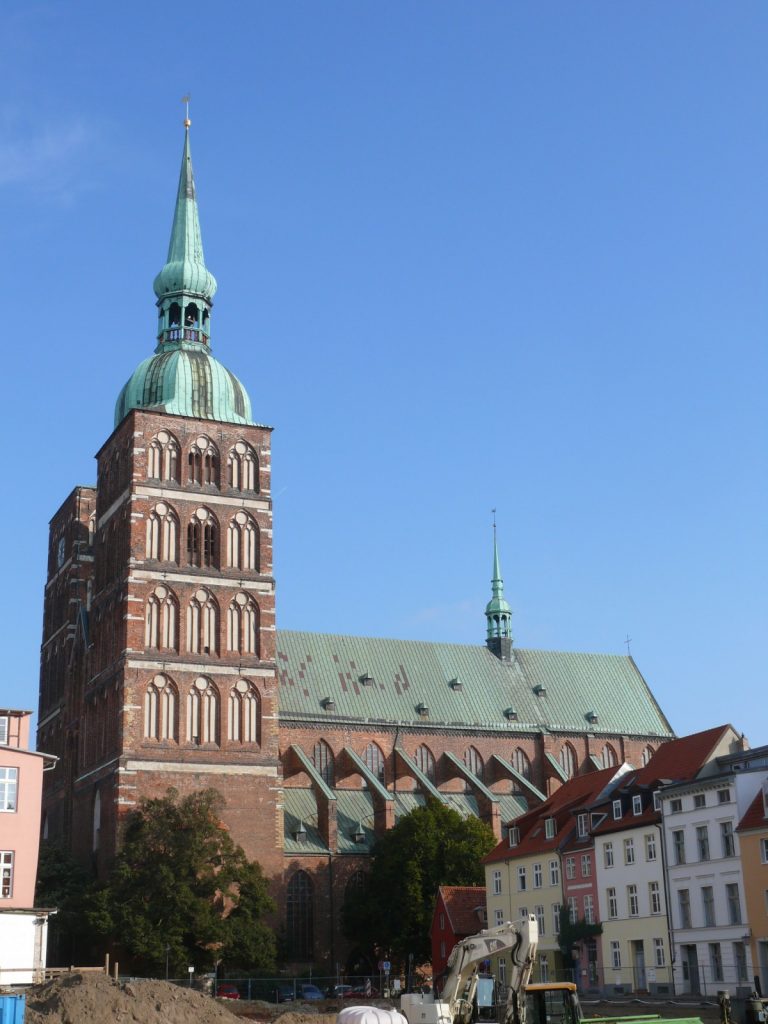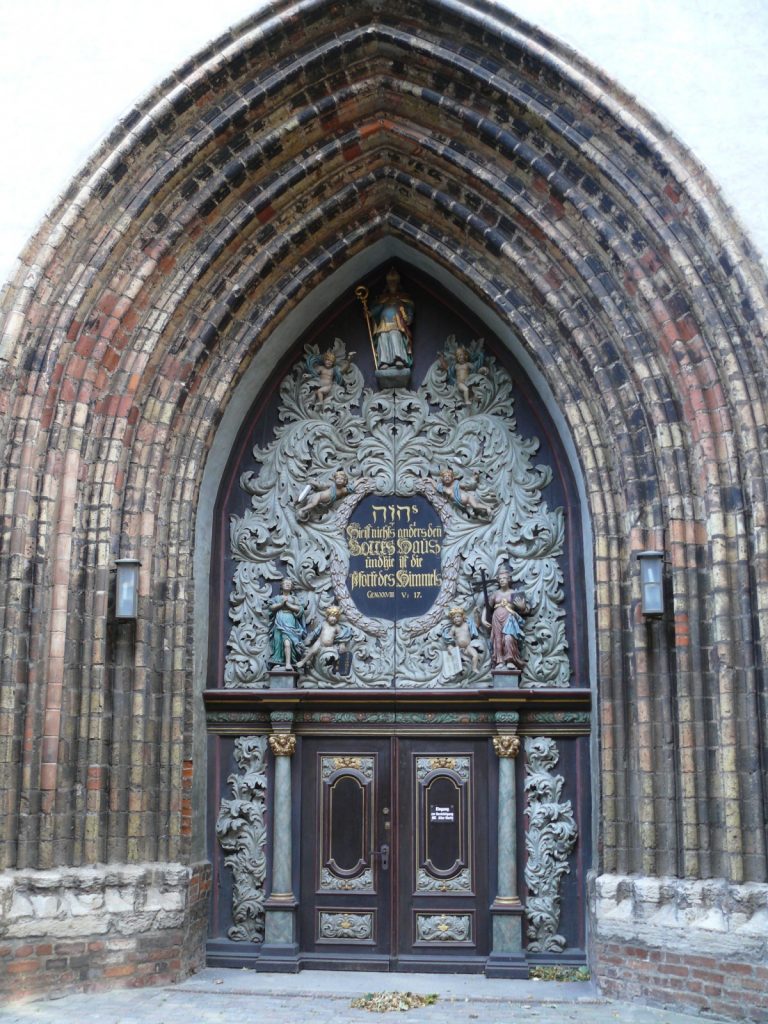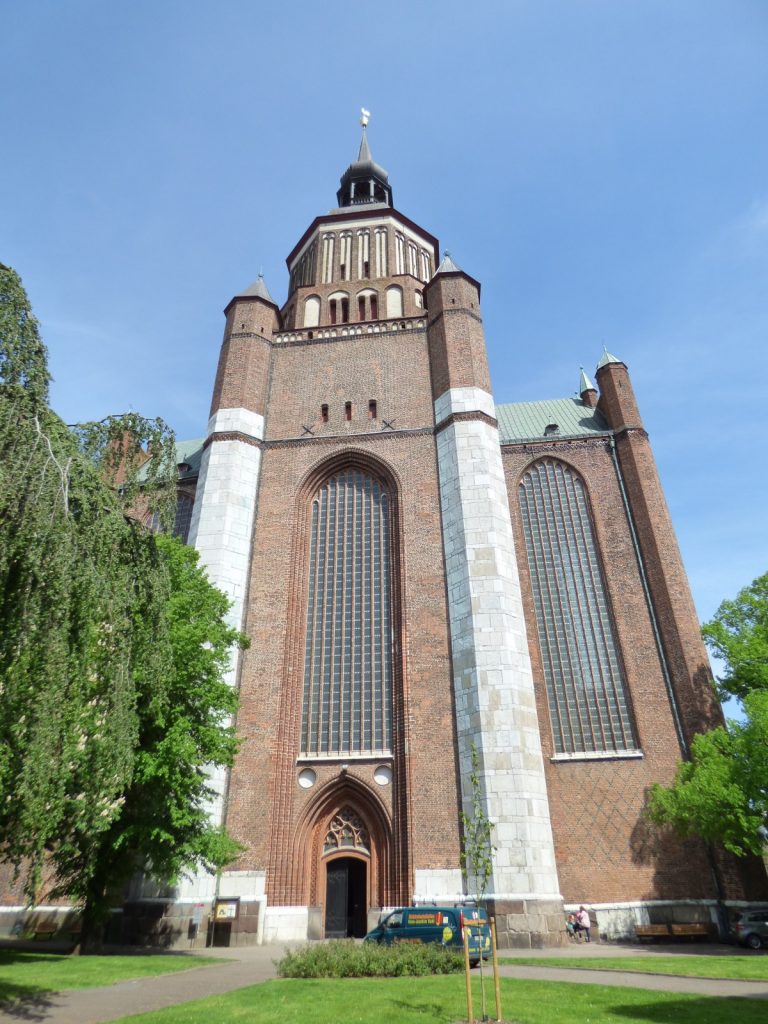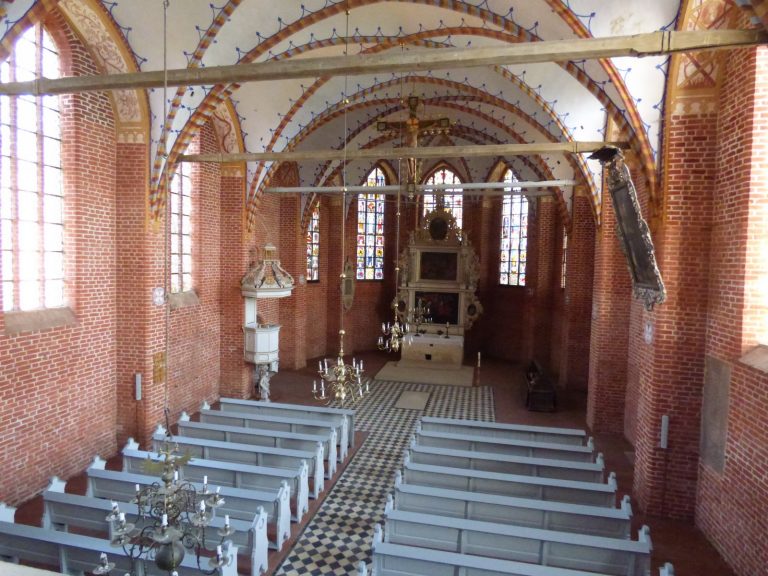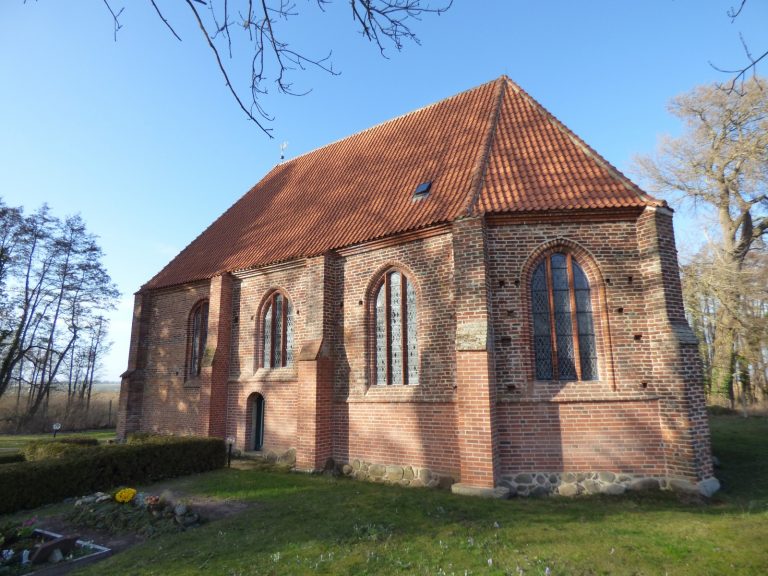LOCATION
The west part of Western Pomerania, with the towns of Stralsund and Barth, particularly important in medieval times constituted the economic and cultural base of the whole Duchy of Pomerania. It is here that harbour towns developed and agile religious congregations operated. The victory of Reformation in 1534 triggered the development of culture and art, also sacral one, initiating the golden age of Pomerania. Finally, the religious wars in the 17th century hampered the development of the whole region. After the Red Army passed through the area in 1945 and following almost 50 years of communist rule, many ecclesiastical buildings regained their former glory. Stralsund (54°32′21″N 17°44′50″E) is the biggest city in the area.
SIGHTSEEING
Some of the selected places are located about 30 km from Stralsund and connected via a convenient network of asphalt roads. Moreover, Stralsund is connected with Barth by a railway line and a cycling trail (Ostsee-Radweg). All sacral buildings are accessible during the day, at different opening hours (usually from 9 am to 5 pm). The temple in Kenz is opened by the pastor who resides in the village, near the miraculous spring. Parking is subject to charge in Stralsund and Barth all year long.
ATTRACTIONS
Stralsund is a Gothic gem. For instance, there are two splendid Gothic churches – St Mary’s Church, whose former glory has been restored for several years, and St Nicholas’ Church famous mainly for its baroque furnishings. Both the Protestant temples present the intricate and multi-national history of this part of Pomerania. Small Kenz, 30 km away from Stralsund, is the former Sanctuary of Our Lady of Pomerania (Maria Pomerana), with a Gothic church, where Duke Barnim IV is buried, and a spring regarded as miraculous before the Reformation (Gesundbrunnen). It was in nearby Barth that in 1588 Pomeranian prince Ernst Ludwig ordered to print the first translation of the Bible into Low German language. The history of the Bible from Barth is now popularised by the Bible Centre located in the former St George’s Church-Hospital. Also in the city centre there is interesting Gothic St Mary’s Church with abundant furnishings. Bodstedt, a tiny fishing settlement by the Bodsedt Bay separates Darss-Zingst Cape from mainland. Here you can see a little Gothic church with Renaissance furnishings, which was St Ewald’s Sanctuary before the Reformation.





